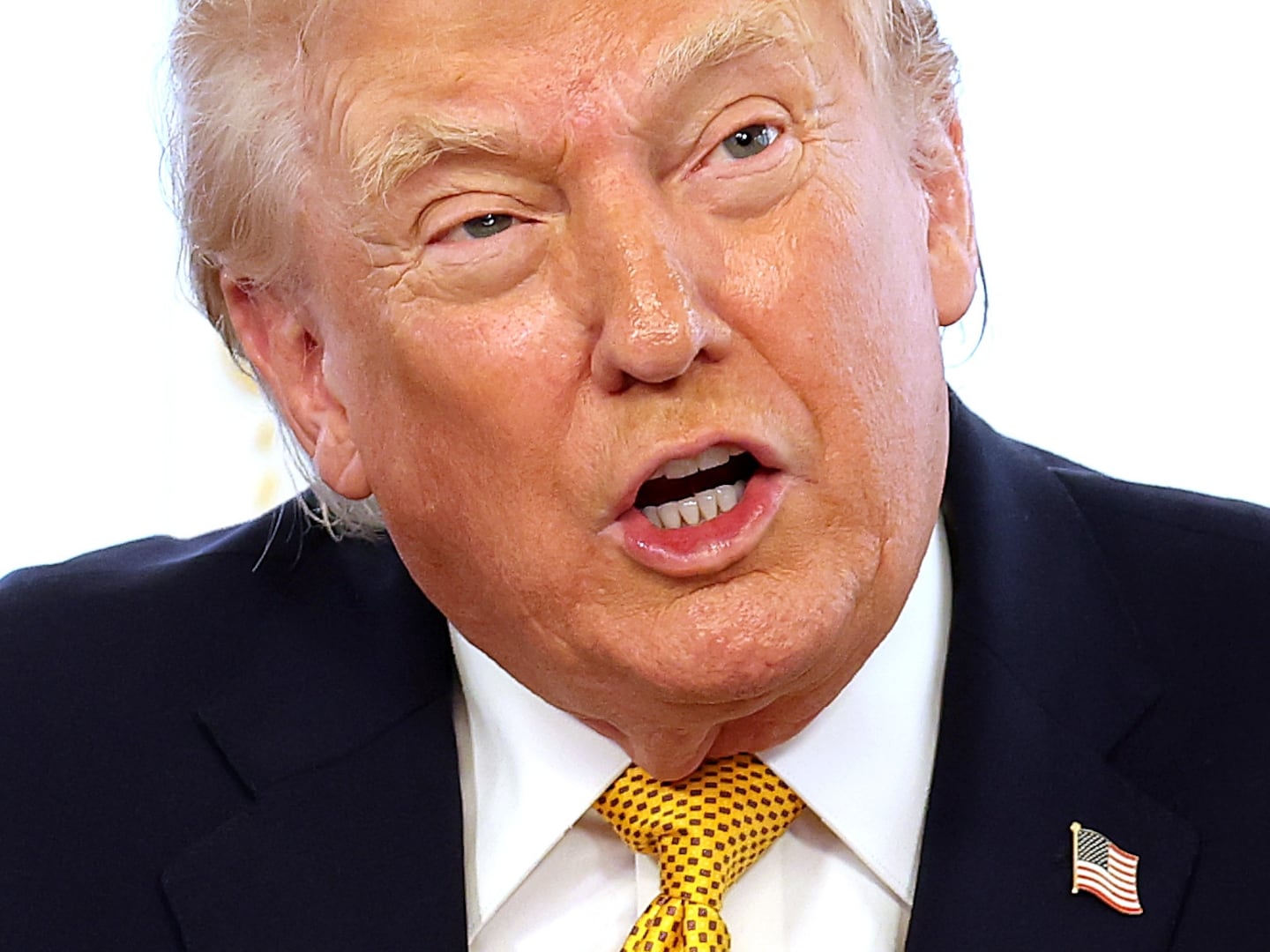The jury is still out on whether Paul Manafort is going to jail, but either way he’ll probably get to keep the ostrich leather jacket that prosecutors put into evidence and fashionistas savaged.
Trump’s former campaign chairman paid $15,000 for the silk-lined piece, but if he decides to sell it to pay the feds or legal bills, it looks like he will have to settle for far less. The world’s largest collectibles auctioneer told The Daily Beast the jacket would fetch only a fraction of its original price because it’s “not a brand that adds any value” and Manafort isn’t famous enough.
There were howls of laughter earlier this month when Special Counsel Robert Mueller’s team released photographs of the bomber-style jacket and other luxury clothing cataloged during a search of Manafort’s Alexandria, Virginia, home.
But Mueller’s team made the apparel part of the case for a serious reason: Prosecutors allege that Manafort used millions in unreported income from his lucrative foreign consulting business to pay for lavish goods and services.
A federal jury is deliberating whether he should go to prison on 18 counts of tax fraud, bank fraud, and conspiracy. And defendants convicted of a federal crime often have to cough up money to the government as part of their sentence, on top of any prison time.
But in this case, it appears the long arm of the law won’t be caressed by the supple touch of Manafort’s outerwear.
“There's three different avenues that the government can use to forfeit property: criminal forfeiture, civil forfeitures, and administrative forfeiture,” former federal prosecutor Renato Mariotti explained to The Daily Beast. “Typically, because it's the easiest for the government, they do criminal forfeiture.”
Criminal forfeiture is used to seize property that represents the proceeds of a offense or that was used in the commission of the crime. In drug cases, the government sometimes seizes cash it claims was raised through drug sales or cars and boats allegedly used to transport narcotics.
Whether the ostrich jacket could be part of a criminal forfeiture in the event of Manafort’s conviction is a somewhat complicated issue that depends in part on its history and in part on whether the government wants it.
According to an invoice that is part of the court record, Manafort bought it from Alan Couture in April 2013 along with other bespoke menswear totaling $102,000. Bank records Alan Couture entered into evidence show a $102,000 wire transfer from Pompolo Ltd—one of 31 offshore companies Manafort created—shortly thereafter. But that transfer isn’t included on a list of unreported-income transactions alleged by the government, meaning the feds might not be able to lay claim to it even if there’s a guilty verdict.
And clothing isn’t on the list of the assets the government has indicated it will go after, like some of his real estate properties are.
Manafort was indicted for tax violations and bank fraud in Virginia and indicted separately in Washington, D.C. for failing to register as a foreign agent while lobbying for the ousted pro-Russian government of Ukraine. Forfeiture notices in both indictments list Manafort homes in the New York City neighborhoods of Brooklyn and Soho, his Hamptons estate and a home he bought for his daughter in Arlington, Virginia. A life insurance policy and accounts at Federal Savings Bank and Charles Schwab are also seizure targets.
Separate from forfeiture are restitution and penalties. If Manafort is found guilty he could be ordered compensate his victims—which might include the feds and the banks that made him loans—or pay a fine.
It would be up to him to decide how to raise that cash, and having to sell his extravagances isn’t out of the question.
“If the person is not making restitution payments, the court can get involved and they do get aggressive. There’s an arm of the Justice Department and U.S. attorneys offices that garnishes people’s wages and things like that,” Mariotti said.
But it might not even be worth it for Manafort to reach into his closet. The Daily Beast asked Heritage Auctions, the largest auctioneer of collectibles, to estimate what the ostrich jacket could go for.
“It’s not a brand that adds any value, unlike Hermes, which adds substantial value,” Eric Bradley, director of public relations for Heritage, wrote in an email. “It’s a used jacket that would only be attractive to a limited clientele. Nor does his notoriety add any appreciable value. At auction, we would estimate it at $2,000-3,000.”
And if Manafort ever wants Heritage to sell the jacket for him, he’s out of luck.
“Incidentally, this isn’t an item Heritage would accept for auction,” Bradley wrote, ending his email with a smiley face emoji.






